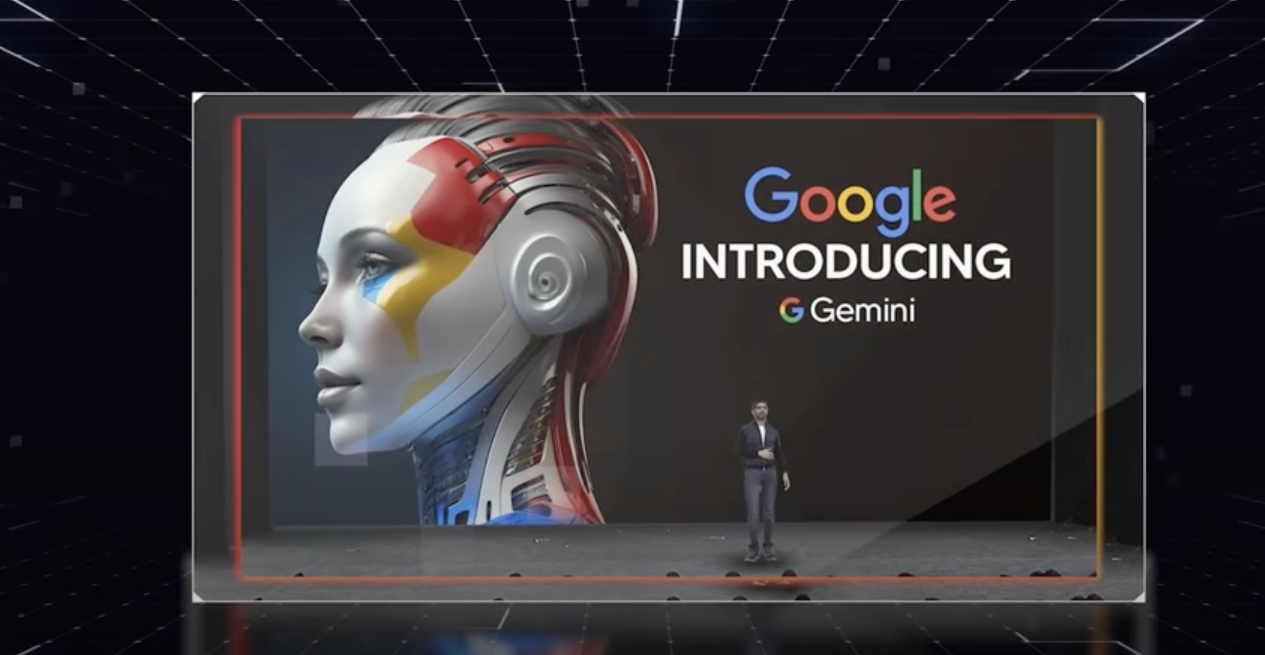
The world of artificial intelligence (AI) is about to experience exponential growth with the latest breakthrough from DeepMind, a subsidiary of Google. Demis Hassabis, CEO of DeepMind, has recently revealed an innovative AI system called Gemini, which promises to revolutionize the field and take AI capabilities to new heights.
Gemini represents a fusion of DeepMind’s groundbreaking AlphaGo algorithm and the language prowess of large models like GPT-4. By combining these powerful technologies, the Gemini system is set to surpass the capabilities of OpenAI’s ChatGPT and redefine the boundaries of AI.
The AlphaGo algorithm gained global attention in 2016 when it defeated a Go champion, showcasing the potential of AI in conquering complex challenges. Building upon this success, Gemini aims to elevate AI to unprecedented levels of performance. By incorporating AlphaGo’s reinforcement learning techniques and DeepMind’s expertise in planning and problem-solving, Gemini will be capable of tackling intricate tasks and providing ingenious solutions.
This major development comes as part of Google’s strategic response to the competitive landscape in generative AI technology. With OpenAI’s ChatGPT making waves in the industry, Google has launched its own chatbot, Bard, and integrated generative AI into various products, solidifying its position as a frontrunner in AI innovation. Gemini represents a significant leap forward, ensuring that Google remains at the forefront of AI advancements and secures its leading role in shaping the future of technology.
So, what exactly is Gemini? It stands for Generalized Multimodal Intelligence Network and represents Google’s latest venture into large language models. Unlike its predecessors, Gemini is a mega-powerful AI system that can handle multiple types of data and tasks simultaneously. We’re talking about text, images, audio, video, 3D models, and graphs. From question answering and summarization to translation, captioning, and sentiment analysis, Gemini is equipped to tackle a wide range of tasks.
What sets Gemini apart is its unique architecture, which merges a multimodal encoder and a multimodal decoder. The encoder’s role is to convert various data types into a common language understood by the decoder. The decoder then takes charge, generating outputs in different modalities based on the encoded inputs and the given task. For instance, if the input is an image and the task is to generate a caption, the encoder would transform the image into a vector that encapsulates its features and meaning. The decoder would then generate a text output describing the image.
Gemini boasts several advantages over other large language models like GPT-4. Firstly, it is incredibly adaptable, capable of handling any type of data and task without the need for specialized models or fine-tuning. Furthermore, Gemini can learn from any domain and dataset, breaking free from predefined categories and labels. This flexibility allows Gemini to efficiently tackle new and unseen scenarios.
Efficiency is another key aspect of Gemini. It utilizes fewer computational resources and memory compared to models that handle multiple modalities separately. By employing a distributed training strategy, Gemini maximizes the potential of multiple devices and servers to speed up the learning process. What’s even more impressive is that Gemini can scale up to larger datasets and models without compromising performance or quality.
When it comes to size and complexity, Gemini is no small player. While the exact parameter counts for each variant have not been disclosed, Google has hinted at four sizes: Gecko, Otter, Bison, and Unicorn. The Unicorn size is likely to be comparable to GPT-4, which boasts a staggering one trillion parameters. This makes GPT-4 one of the largest language models ever created.
But here’s the real game-changer—Gemini’s interactivity and creativity. Unlike other large language models, Gemini can produce outputs in different modalities based on user preferences. It can even generate original and diverse outputs not bound by existing data or templates. Imagine Gemini conjuring up images or videos based solely on text descriptions or sketches. It can also weave captivating stories or poems inspired by images or audio clips.
Gemini’s capabilities go beyond the ordinary. It excels at multi-modal tasks, such as question answering, summarization, translation, and generation. Its ability to combine text and visuals seamlessly enables it to answer questions involving multiple data types and summarize information composed of various modalities. Gemini can translate text and videos or generate text and images based on given inputs. However, its most impressive feat is multi-modal reasoning, where it synthesizes information from different data types and tasks to make assumptions, identify patterns, and uncover hidden messages or meanings. For example, it can provide a complete understanding of a movie’s main theme by analyzing its visuals, audio, and text components.
With Gemini, Google is posed to challenge GPT-4 and possibly even GPT-5 in the years to come. This multimodal approach opens up exciting possibilities for future applications and services. Imagine personalized assistants that can understand and respond to us in various modalities or creative tools that help us generate new content and ideas across different domains.
The unveiling of Gemini marks a significant milestone in the advancement of AI technology. Its power, versatility, and adaptability make it a force to be reckoned with. As we eagerly await further developments, we can expect to witness the emergence of enhanced user experiences and innovative solutions powered by Gemini’s capabilities.


